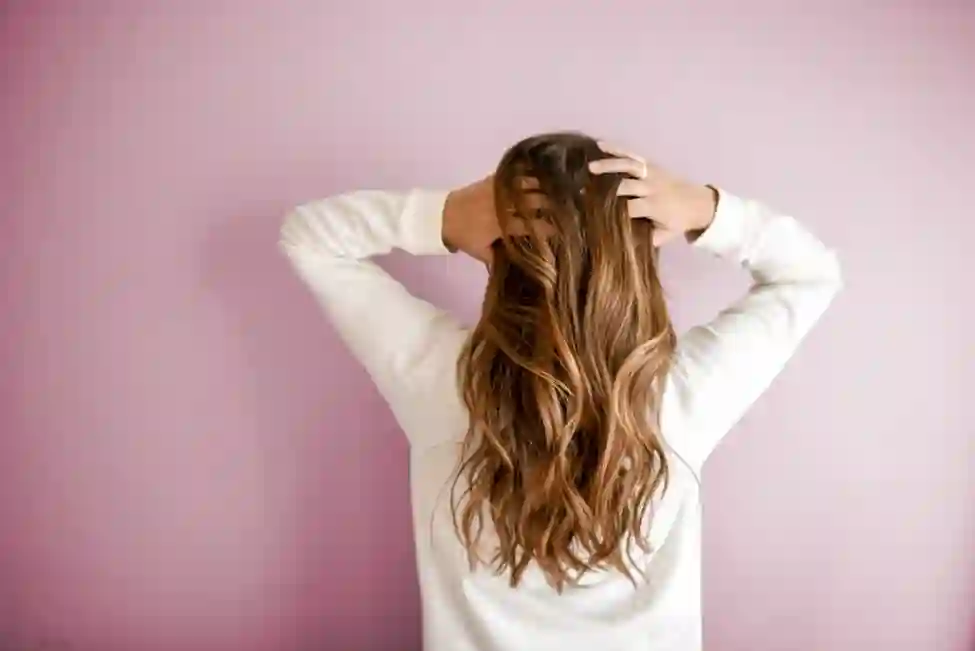Pattern hair loss is a slow, gradual, and progressive hair loss pattern categorized by hair thinning and gradual loss of hair follicles that minimize and shrink, resulting in thinner hair growth. It is the most common form of hair loss pattern in women and is caused by diminished quality of life, physical and emotional stress, medical conditions, and fluctuating hormones.
Also known as androgenetic alopecia, female pattern hair loss starts with thinning of hair from the center line followed by gradual hair loss from the top of the head. Unlike men, women rarely get bald or get a receding hairline due to hair loss. Here’s what you should know.
What Causes Female Pattern Hair Loss?
About one-third of females experience hair loss at some point in their lives. After a woman hits menopause, she may start shedding hair more rapidly because of a drop in androgen levels.
Telogen effluvium is a scalp disorder characterized by excessive hair shedding due to a traumatic or stressful experience, such as:
- Childbirth
- Loss of a loved one
- Extreme weight loss or crash diet
- Drugs
- Emotional and psychological stress
Moreover, just like male pattern baldness, female pattern hair loss can also be genetic. If it runs in the family, hair loss is most likely due to family history.
Deficiencies in vital nutrients such as iron and vitamin D can also lead to hair loss because they are responsible for healthy hair follicles and strands.
Getting hair treatments also results in hair thinning since the treatments contain harsh chemicals and fumes that weaken the hair follicles, causing them to shrink. Tying hair in a high ponytail or bun puts pressure on the roots causing headaches and hair fall. Additionally, washing hair more than thrice a week and constantly using heating tools to style hair damages the hair strands causing them to break and fall.
Certain medicines, such as birth control pills, also affect your hair health and cause them to shed. Similarly, certain medical conditions such as thyroid or cancer cause baldness or extreme hair fall.
However, hair loss is not untreatable, and there are various treatments available to restore your hair to its former glory. Before getting yourself treated, book an online video doctor consultation to check with your healthcare provider about diagnoses.
Treatments for Female Pattern Hair Loss:
Hair loss is always treatable if not preventable. With modern technological advances, there are a variety of hair loss treatments that can help regenerate hair growth cells.
Cosmetic Aids
This includes color powders, sprays, and lotions that alter the overall look of the hair. The scalp can also be covered with hair extensions, wigs, and hair pieces. These aids help in hiding bald spots and make the appearance of the hair look better.
Hair Transplant Surgery
A large amount of hair is taken from the back or sides and then transplanted onto the bald patches or where it is required. This treatment can go side by side with medications as well, such as Minoxidil.
Platelet-Rich Plasma (PRP)
It involves a doctor taking a blood sample and then running it through a centrifuge machine to separate the PRP that is rich in cells with growth factors. The blood is then injected into our scalp to promote the regeneration of hair growth cells. Side effects include redness and pain.
Lower-Level-laser Therapy
One of the most popular hair loss treatments is laser therapy, which uses low-level laser radiation to stimulate the creation of new hair follicles. The treatment plan may also include medications to accelerate hair growth. Lower-level laser therapy is FDA-approved and involves stimulating follicular stem cells and increasing blood flow which results in healthy hair follicles and hair growth.
Female pattern hair loss occurs due to several reasons. A proper diagnosis will determine what is causing your hair to shed drastically. Doctors will examine your scalp and take a blood sample to check for any deficiencies that might be responsible for it.
At TelMDCare, the team of professional virtual doctors will provide you with professional guidance and consultation and help you choose the best treatment for your hair. Get in touch with them today!
About The Author
Mary Wisconsin is a dermatologist and owns a hair treatment clinic in Texas. She is a professional who helps her clients feel empowered by helping them with their hair problems.







